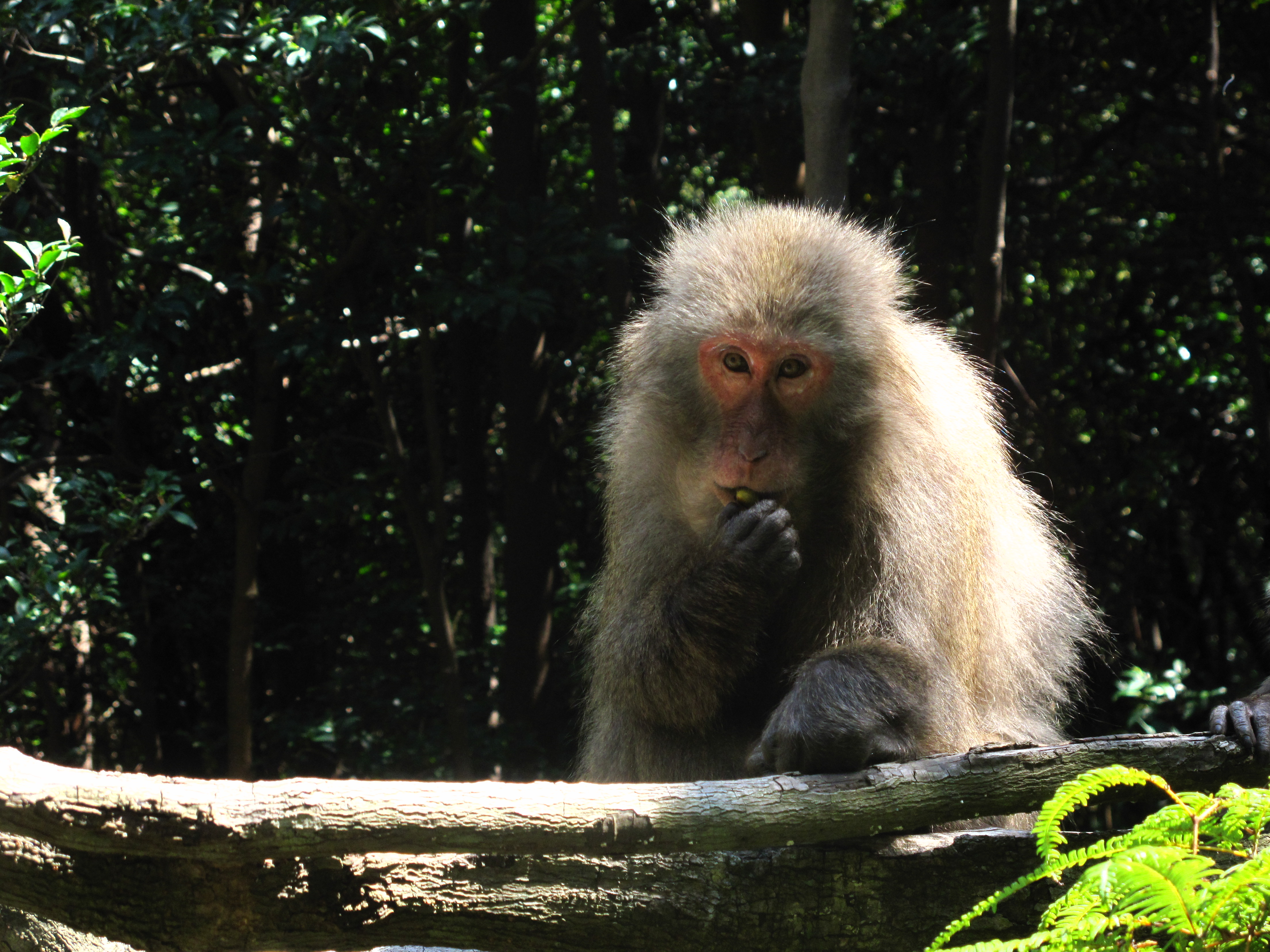Research
Chewing is a signature behavior and the major step in reducing digesta particle size in mammals. It is a critical step in the feeding of mammalian herbivores. As the result of chewing, digesta particle size reflects the interaction between the properties of food and the chewing ability of the animals while influencing digestion. Documenting such data can provide insight into both feeding ecology and digestive adaptation in herbivores. However, the variation pattern digesta particle size in dietary generalist primates are different from it is in folivores. The complicated diet of primates make using digesta particle size to explore their digestion and feeding ecology difficult.
My works during the past few years focus on the digesta particle size in Japanese macaques in Yakushima, a dietary generalists that experiences seasonal and regional diet difference. We documented the variation pattern of digesta particle size, examined the determinants of digesta particle size and also tested the influence of reducing particle size on digestion. The results showed the structure of fruits should not be neglected and the influence of reducing digesta particle size varied among foods. Using digesta particle size as a tool for exploring the feeding ecology and digestion of primates requires a different way compared to the practice in folivores.

